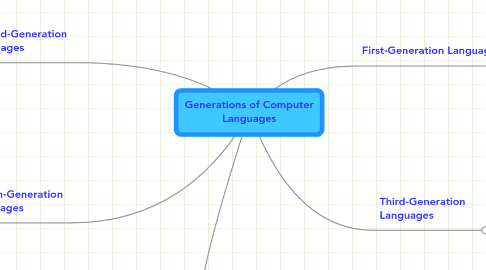Generations of Computer Languages
by Sean Morrow


1. Second-Generation Languages
1.1. Second-Generation Languages or assembly language as it is also known, allows programmers to use abbreviated command words, called op codes. For example, LDA is the command for Load.
1.2. Assembly langauge is classified as a low level language because it is machine specific which means each assembly language command corresponds on a one-to-one basis to a machine language instruction.
1.3. An assembly language is useful when a programmer wants to directly manipulate what happens at the hardware level. Today, programmers usually use assembly language to write system software.
2. Fourth-Generation Languages
2.1. Fourth-Generation Languages were developed in 1969 and closely resembled human languages or natural languages.
2.2. Today, fourth-generation languages are typically used for database applications.
3. Fifth-Generation Languages
3.1. Japanese scientists began working on a fifth-generation computer project that used a programming language called Prolog.
3.2. Prolog became affiliated with the fifth-generation project and it was classified by experts as fifth-generation language.
3.2.1. Some experts disagree with this classification and instead define it as those that allow programmers to use graphical or visual tools to construct programs.
